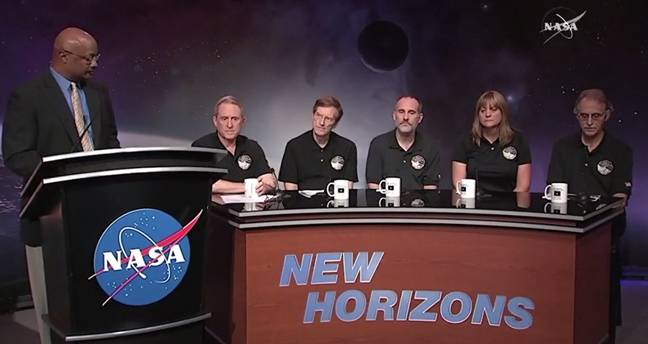This article is more than 1 year old
The Register's resident space boffin: All you need to know about the Pluto mission
Meeting a cold dwarf hasn't put off NASA one bit
Huge, huge distances
For New Horizons, a compromise was reached: it’s had a reasonably short nine-year trip that was a direct trip to Jupiter and then on to Pluto, but to achieve that, the spacecraft is a compact, fairly lightweight one that can’t carry many instruments. In 2006, it became the fastest object on launch, at 16km/s, or about 100 times faster than a passenger jet.
The huge distances over which radio signals are sent to and from New Horizons mean that data rates have to be low to be reliable. During the 4.5 hours it takes for the signal to travel to Earth, its power decreases to a feeble whisper that only the largest radio dishes are capable of receiving.
The data rates are around one kilobit per second; frustratingly slow when waiting for spectacular new images of planetary vistas! Some techniques are used to boost this rate, though with some losses: the probe can be spun stably to point its dish at Earth and to put all its power into sending radio signals via its 2.1 metre dish, but in this mode, the instruments can’t be operated.
As well as the technological challenges, navigating in an unknown environment made things difficult. Even with our most powerful telescopes, Pluto and its large moon Charon are barely separated in images.
The Hubble Space Telescope was employed before and after the launch of New Horizons to search for dangers for the spacecraft, such as rings of dust grains encircling Pluto, as they could instantly wreck a spacecraft travelling at massively high speed. No rings were found, but four small moons were revealed by Hubble, showing that the Pluto system is far more crowded than expected.
New Horizons also took images of the system for several months on approach, in case a last-minute tweak in trajectory was needed to avoid an unknown obstacle.
During the encounter, the scientists and engineers had to endure a nervous wait: there were no communications with Earth. The priority was to gather data, pointing the cameras and other instruments to get the best results, and all the data was safely stored onboard.
Although the path by Pluto appeared clear, the riskiest time was near closest approach, when the craft crossed over the equator, where dust grains would congregate.

The New Horizons Team
The team at the Johns Hopkins University Applied Physics Lab celebrated arrival at Pluto at the time of closest approach, but with no radio confirmation, they had no idea whether the craft survived, and if it had, whether it had carried out its complex set of observations.
